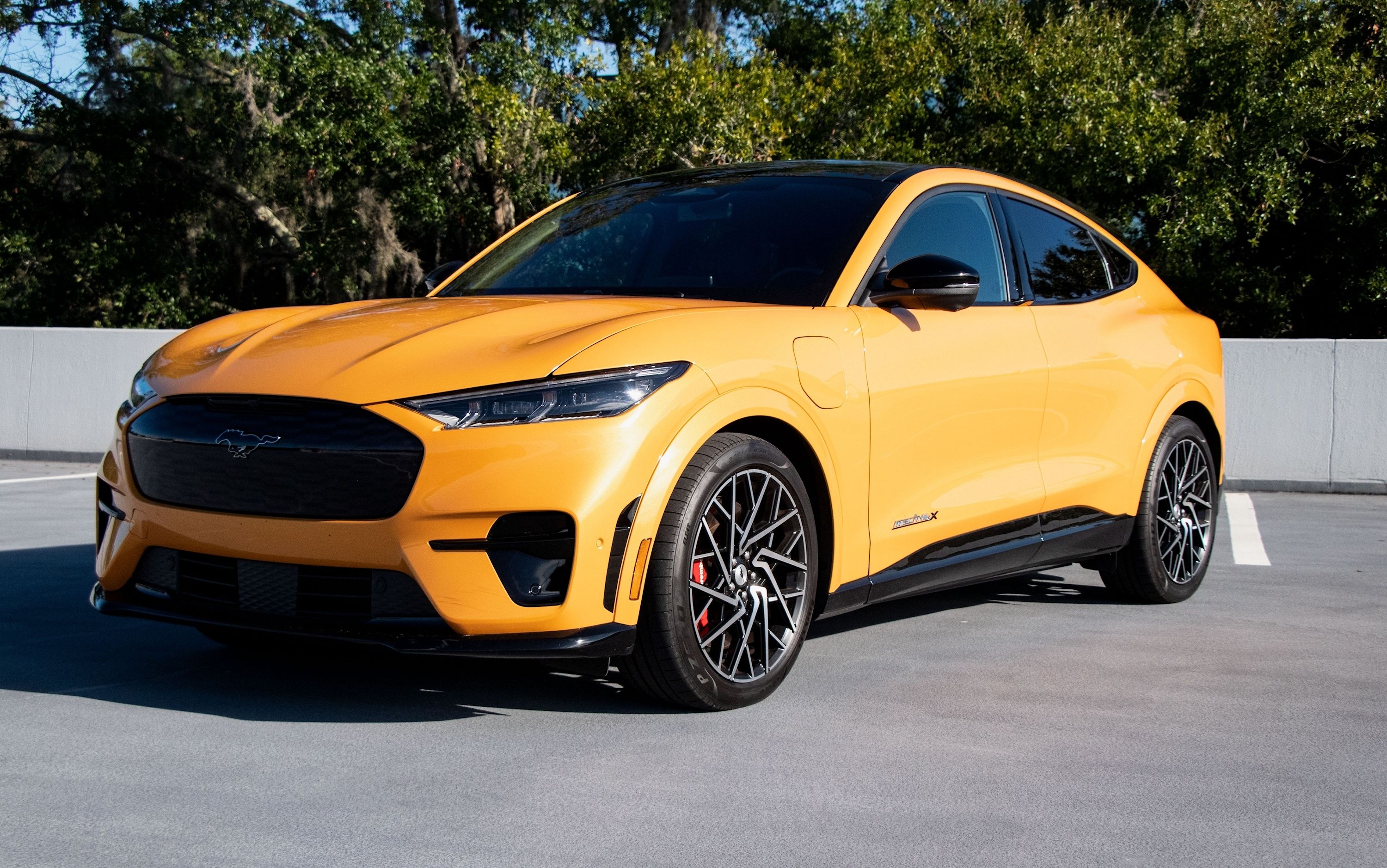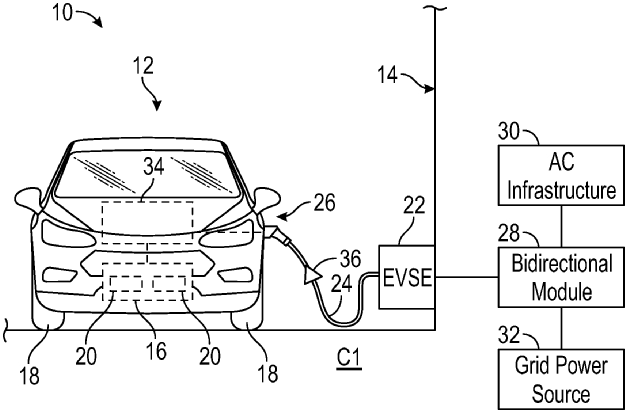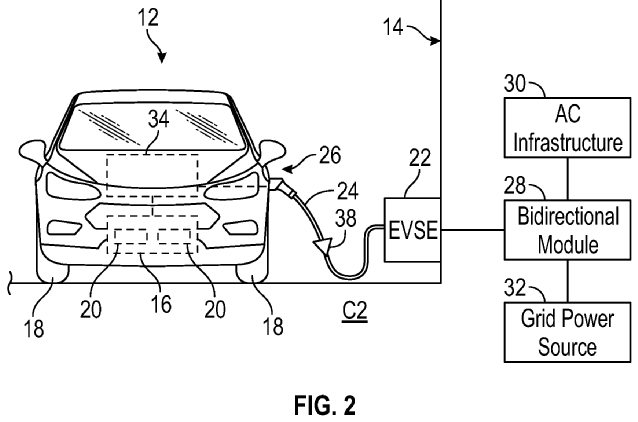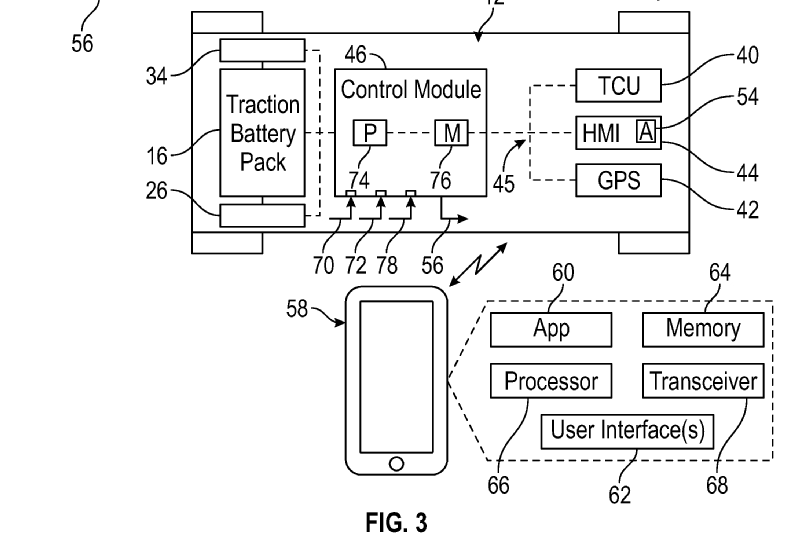
Using the energy stored in an electric vehicle's battery to provide emergency power to a home is not revolutionary. Still, Ford intends to add some intelligence and broader capabilities to such a system.
According to a patent discovered by CarBuzz at the US Patent and Trademark Office, Ford proposes expanding the interaction between the electrical grid and its EVs. This will help an EV like the Ford Mustang Mach-E predict likely power outages, preemptively increasing its battery charge when it determines that a power failure may be imminent. The vehicle will then use that extra battery power to supply electricity to a home via its charging station or another compatible EV.
To accomplish this, the vehicle will be programmed to share its location, battery level, and charging status with a central server, to generate a map indicating current power availability or outages on a street map. Based on this information and a power grid overlay on the street map, the server can predict where downstream power outages are likely to occur.
When the system determines that a grid power failure is likely, it will instruct the vehicle's charging control unit to increase its charge level in anticipation of a power outage. Not only will this ensure that the EV has a usable charge if it needs to travel, but it will also make extra energy available to power its home base until the battery charge level drops to a preset minimum allowable level.
Additionally, the charged EV will be able to share some battery power with another EV, provided it features similar bidirectional energy transfer capabilities. This will be determined by the central server and depend on the availability and operability of nearby charging stations.
The vehicle will periodically transmit its charge condition to the system, and the central server will aggregate this information and share its power supply status with other EVs in the area. The central server will also communicate directly with vehicles and their owners via the vehicles' human-machine interfaces and connected smartphone apps, to alert them when their vehicles are in an area that is at risk of a power outage, where the grid is already down, or when the minimum allowable charge level has been reached.
Using a larger area map, the system will inform drivers where the nearest available charging station can be found, how densely it is occupied, and what charging speed they could expect at that station.
Considering the increasing frequency of power outages due to severe weather conditions, this suite of features could well turn out to be life-saving technology.



